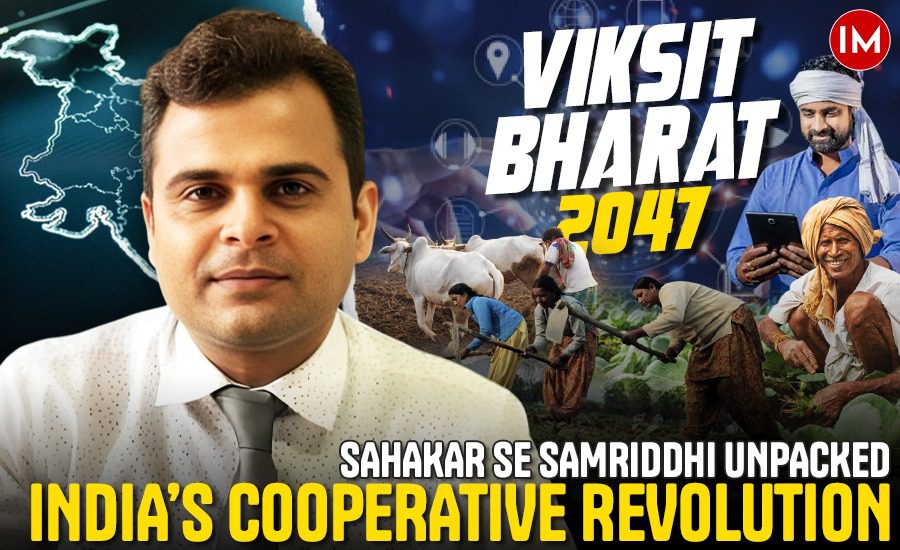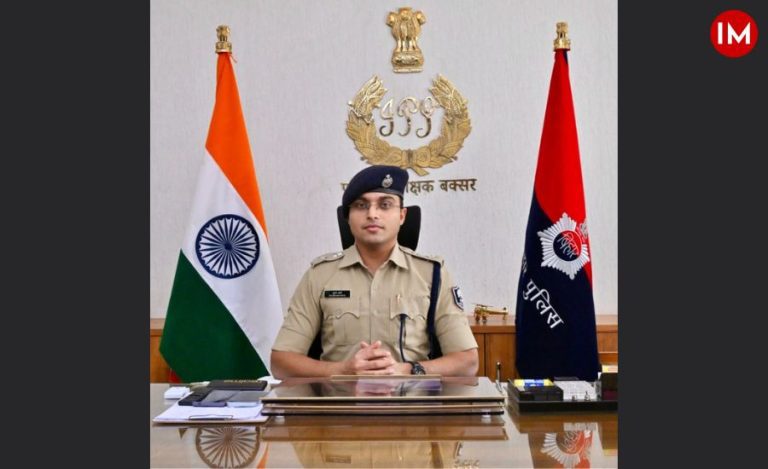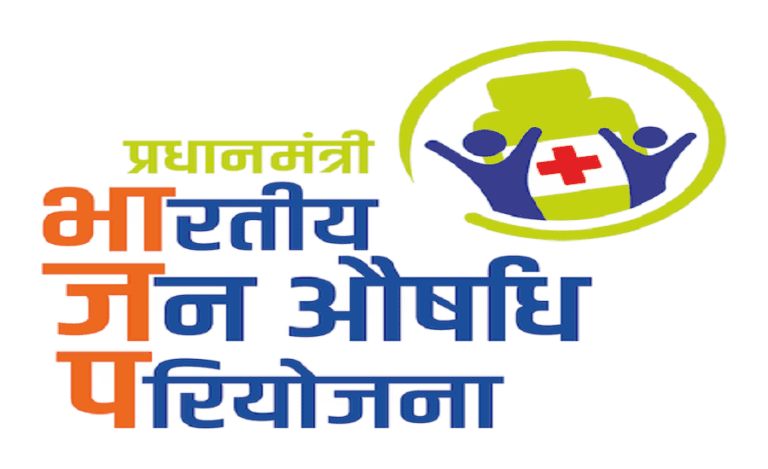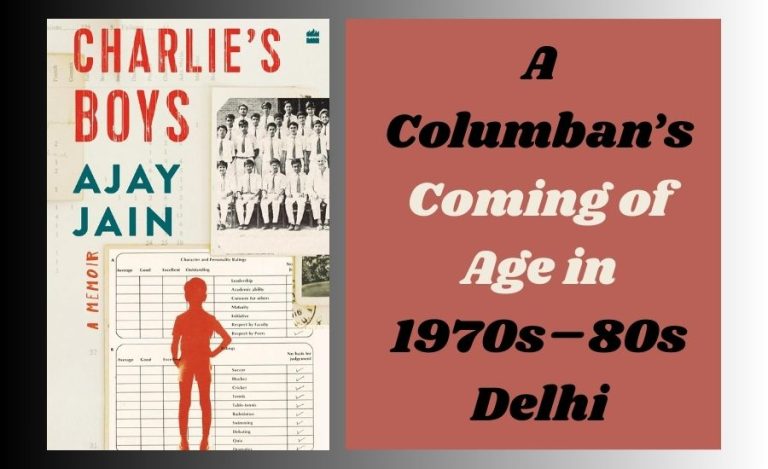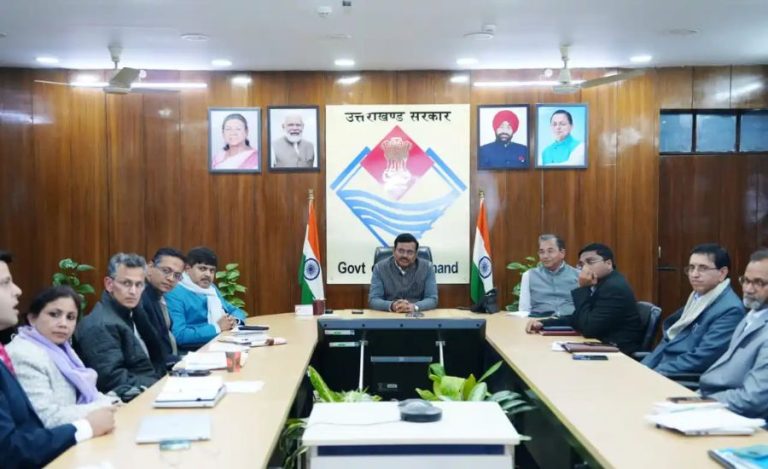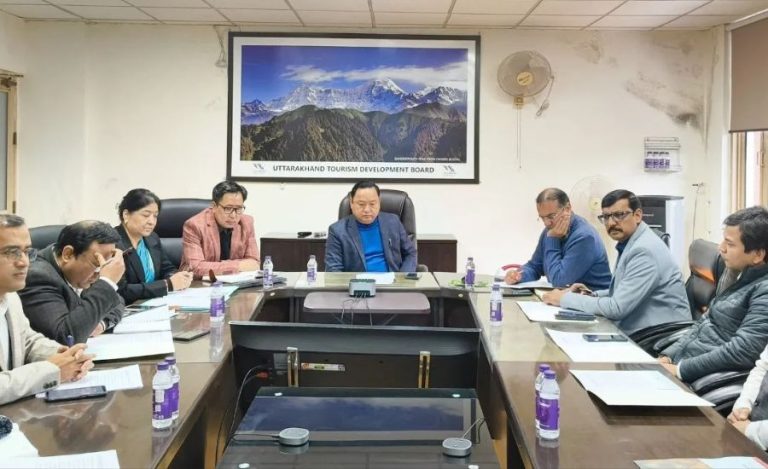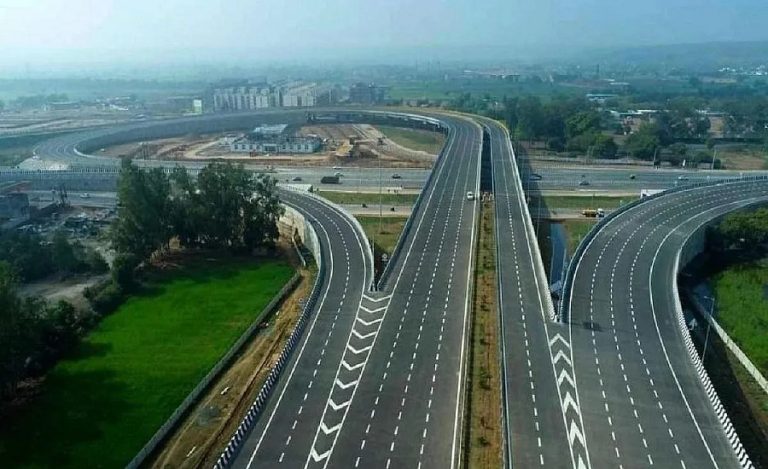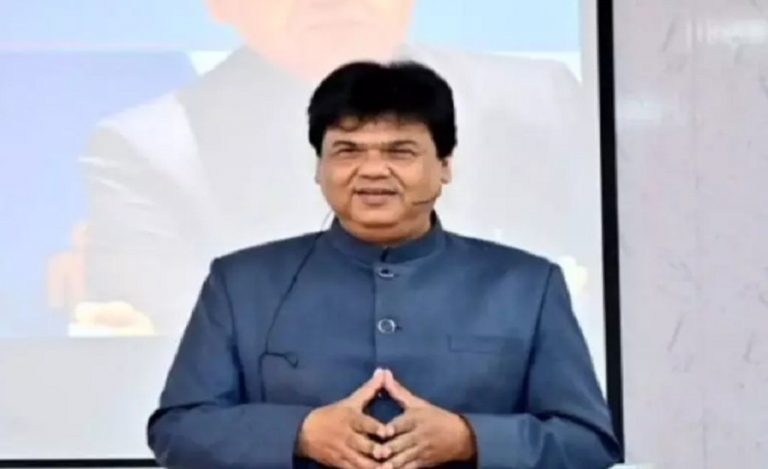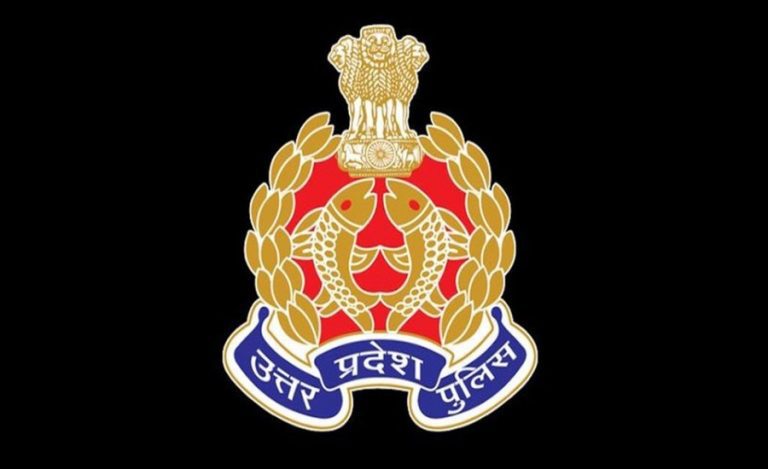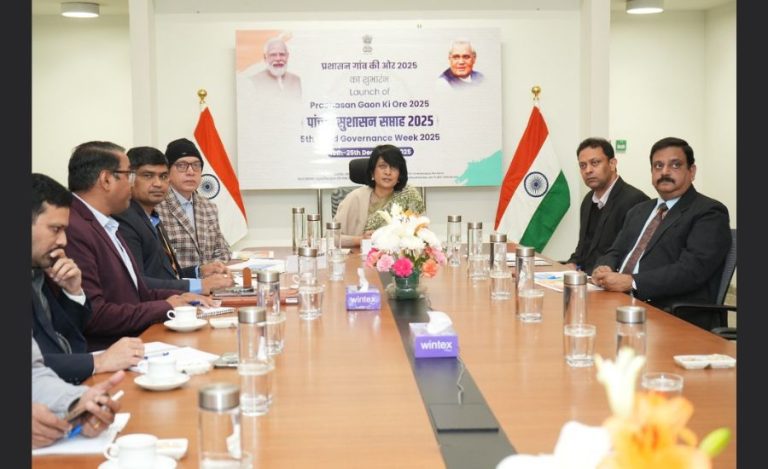In a comprehensive interaction, IAS officer Kapil Meena offered a clear and detailed explanation of the role of the Ministry of Cooperation—established in July 2021—and the transformative potential of the cooperative sector. “This Ministry of Cooperation is a new ministry and it was formed in July 2021. So it is only four years old,” he said.
Highlighting the sheer scale of the sector, Meena noted: “Cooperatives as a sector in India is a very big sector, which many people are not aware of. So, if you see what are cooperatives, there are cooperatives in different fields. In fact, more than 30 fields, we have cooperative societies in more than 30 different years. And there are more than 8 lakh cooperative societies in the country. And if you see the membership of these cooperative societies … the total membership of these 8 lakh cooperative societies, it is approximately around 30 crores, which is a very big number. We can say that one-fifth of the population of this country is directly associated with the cooperative sector.”
Meena explained the cooperative model’s core features: “Cooperatives are an independent entity… cooperatives are not like private companies. In fact, cooperatives … people are willingly coming together. They form a group and they are pursuing some economic activity and which is beneficial to all the members of that cooperative society. And the best part of cooperatives is whatever profit or benefit or income any cooperative society earns, that particular income is distributed equally among all the members. … you can say a very, we can say egalitarian kind of a model.”
He described the Ministry’s mission: “Sahakar Se Samriddhi means the idea is how we can use this very egalitarian model of cooperatives … If we can spread this idea to all the villages, we can strengthen the existing cooperative societies. Then the targets which the government has set that we should try to double the farmer’s income or triple the farmer’s income, that target can be achieved if cooperatives are very strong.”
Check the interview below:
Turning to the foundational units of the sector, Meena said: “If you talk about the basic unit of the cooperatives in India, which includes farmers as their members, it is called as PACs, Primary Agriculture Credit Cooperative Societies … there are around, there are 1 lakh PACs in the country. And … these 1 lakh PACs have around 13 crore farmers as their members.” He stressed the importance of reform: “We are running certain schemes, but … we have also stressed on how we can make a lot of IT interventions in the cooperatives, which was missing earlier. And there is a scheme of PACs computerization, which is the flagship scheme …within three years, we have already computerized around 50,000 PACs. Out of the total PACs are 1 lakh, but the total functional and active PACs are around 70,000 only. So out of 70,000, 50,000 PACs have been computerized already.”
Addressing regional imbalance, Meena noted: “The idea behind these 2 lakh new societies is … in our country … there are certain states in which cooperatives are very strong … But there are certain sectors, especially … eastern part of the country … If you see cooperative sector … they have not been able to do that much …the idea … cooperative movements, be evenly distributed in the country.”
On governance and trust, he was frank: “The issue which you are raising is … in not in all but in some cooperative societies there are issues of financial management and some discrepancies … So, what Ministry has done … we have brought about amendment in the Multistate Cooperative Societies Act … major stress is about this only. How all kinds of financial irregularities can be stopped. … The audit parameters have also been changed … There will be a panel of CAG which will be used for selection of auditors.”
He did not shy away from challenges: “The cooperative sector is a complex sector. … Unless their thinking changes … unless they think that this is something the reforms are important for us. … Another challenge … since cooperatives are a state subject. So having all the states on board is also a challenge.” He added: “One another challenge for us is … in those societies which are there at village level … you don’t find adequate number of staff … there is also a requirement of having a good HR policy … HR is also one of the challenges …”
Looking ahead, his tone was cautiously optimistic: “In this short period of 4 years the ministry of cooperation has been able to do a lot of things. … Over the next five years … I see that we will have many other schemes … I see that … cooperatives are now on the path of becoming much more profitable and business oriented. … The size of the cooperative sector and the efficiency of this cooperative sector will increase. … Cooperatives will have a very important role to play … when we talk about Viksit Bharat 2047 …”
In Meena’s words, the journey of the cooperative sector is not just about structure or policy—it’s about empowering millions through shared ownership, shared benefit and community-led growth.

